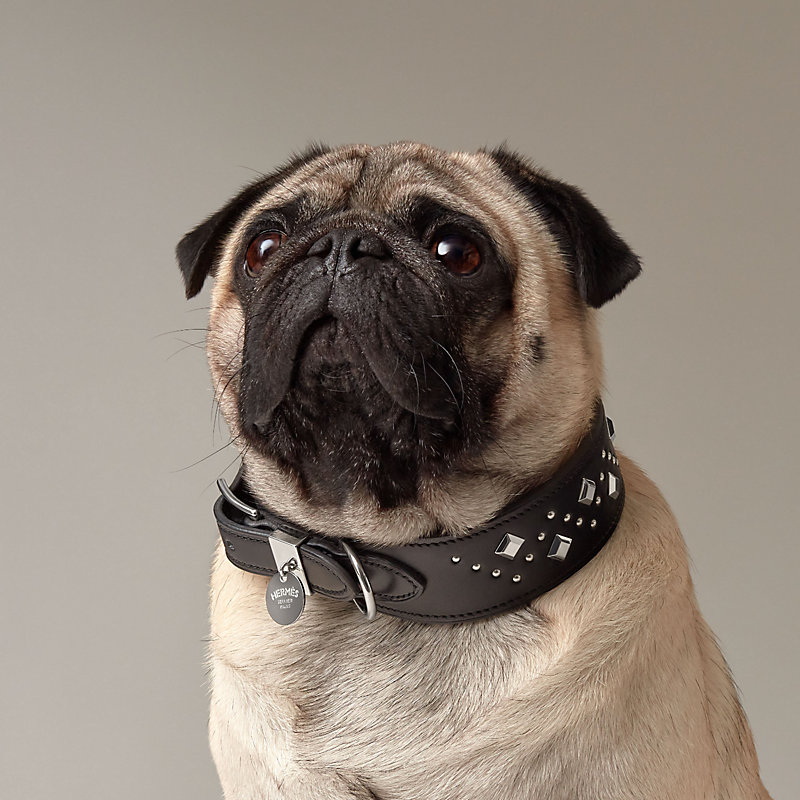Dog collars are an essential accessory for our four-legged friends. Dog collars serve multiple purposes, including identification, safety, and style. With an abundance of options available, choosing the most appropriate collar for your dog’s pet can be daunting.

The Versatility of Dog Collars
The dog collar is more than only a fashion statement. they play a crucial part in the life of your dog. Let’s take a closer look at the various aspects of collars for dogs and how they assist your pet.
Security and identification Dog collars serve as an essential tool for identifying your pet. The collars are usually fitted with a tag for identification that contains your contact information. This will make it easier to find your dog if they are lost. Dog collars that have D-rings are ideal because they keep the tag in place and keep it from being ripped off during walks or playing.
Control and training: Dog collars are crucial in educating and controlling your pet. Standard collars can be attached to a dog leash and provide you more control when walking or out in the open. If you own a dog who is strong or hyper, a collar with an appropriate fit will keep your dog calm and will stop them from pulling too much.
Style and Personalization: While safety and functionality are essential as well, fashion and personalization count too. Dog collars are available in a variety of colors, materials and styles. They let you reflect your pet’s personality and personal preferences. Personalized collars with your pet’s name or custom designs add a unique touch.
Types of Dog Collars
It’s crucial to be aware of the difference between the different kinds of collars for dogs and their uses.
Standard Flat Collar: The most frequent type of dog collar is the standard flat collar. They are simple to adjust and fit to wear daily. Perfect for holding ID tags or for securing leashes to walk.
Martingale Collar : Martingale Collars were developed for dogs that had slipped away from their normal collars. The collars tighten slightly as the dog pulls on the leash. This stops escape without being able to choke. Greyhounds and other dogs that have smaller heads are ideal potential candidates for these collars.
Prong Collar Prong collars sometimes referred to as pinch collars, are controversial but they are effective in specific training situations. The prongs of the metal are used to provide pressure to the dog when they pull. This stops pulling.
Head Collars Head collars, such as the Halti and Gentle Leader let you control your dog’s head. This makes it easier to provide control of movement. These collars are perfect for dogs who are overly exuberant or are strong pullers.
Harness: While it is not a collar in the strictest sense it is worth noting that harnesses can be considered. They can help dogs feel more comfortable, particularly those who are susceptible to respiratory issues. This harness is a good choice for dogs suffering from breathing issues or smaller breeds.
How to Select the Best Dog Collar
Selecting the best collar for your dog is based on their size, behavior, and your specific requirements. Below are some aspects to take into consideration when deciding on the best collar for your pet:
The collar should be snug but not overly tight. It should be possible to put two fingers between the collar and your dog’s neck. Make sure it’s not too tight, as that might allow your dog to slip.
Collars for dogs are constructed out of a variety of materials such as nylon, leather and chain. Consider your dog’s comfort and your preferences. Leather collars are fashionable and durable, but nylon collars are typically lightweight and easy to clean.
Safety Features Reflective strips on collars will improve your dog’s visibility when walking at night. Also available are breakaway collars that can be released when your dog gets caught with something, preventing him from choking.
Select a collar according to your dog’s characteristics. If your dog pulls on leash, a pull-free harness or a martingale collar could be a good choice. A standard collar is suitable for dogs that are calm and well-behaved.
Personalization and style An accessory that is attractive and personal will reflect your dog’s personality. Collars with personalised designs or unique designs can give your pet a more individual look.
The conclusion of the article is:
Dog collars can be used as vital instruments to ensure that your pet is safe, well-trained and stylish. Think about factors like size, material, and safety characteristics when selecting the best collar for your dog. With the right collar, your dog will be secure and look gorgeous when they go for an outing in the park or simply relaxing at the house.
